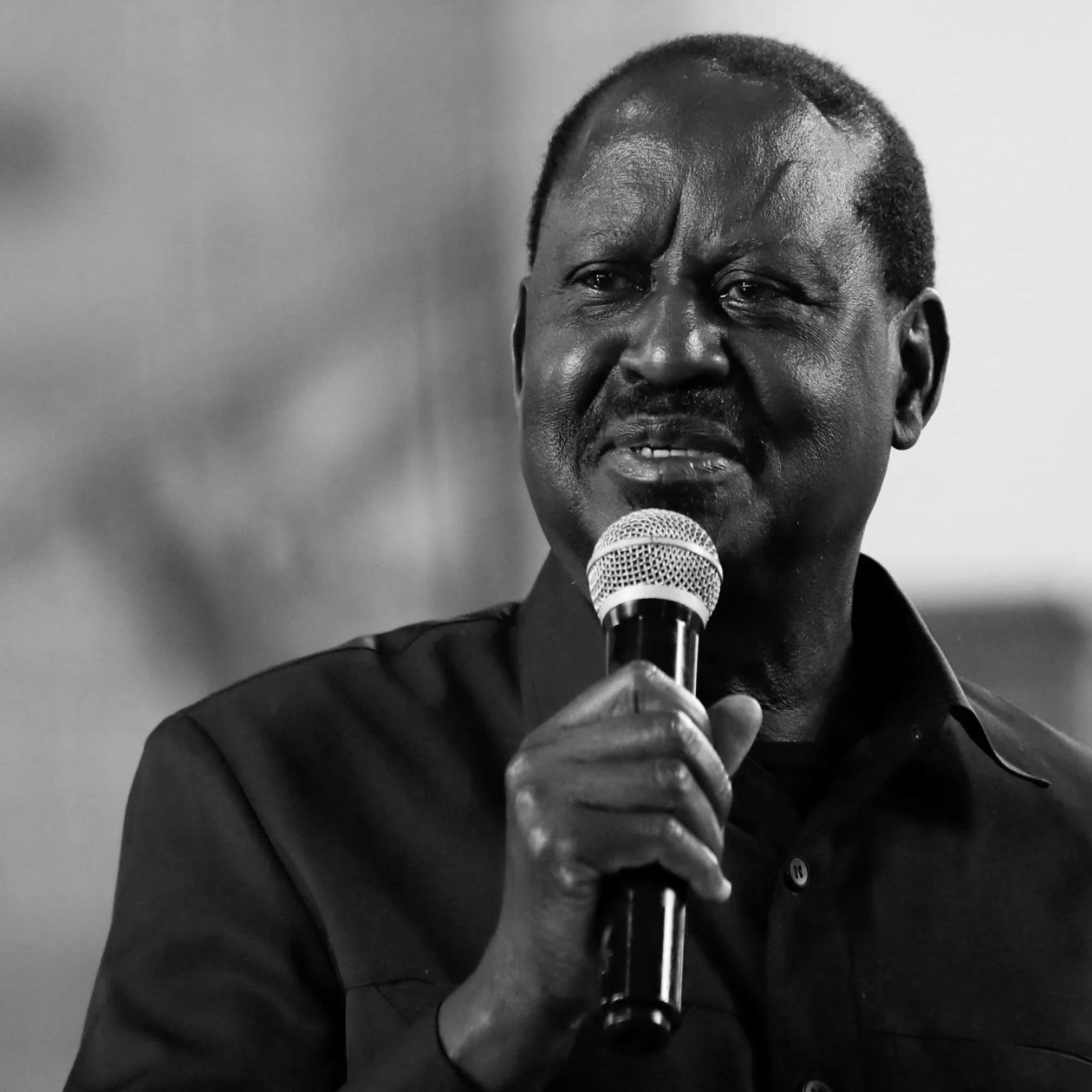The final hours of former Prime Minister Raila Odinga, who passed away on Wednesday in India, have been revealed by doctors at Devamatha Hospital, where he was rushed following a cardiac arrest.
Cardiologist Dr. Sr. Alphons, part of the medical team, said that despite their best efforts, they could not save him.
Dr. Alphons explained that Odinga was brought to the facility’s emergency unit at around 8:20 a.m. (Indian Time) after collapsing during his routine morning walk near an Ayurvedic hospital close to Devamatha Hospital.
“He was brought to our emergency medicine department with the history of a sudden collapse during his morning walk. His doctor and security team had already initiated CPR (cardiopulmonary resuscitation) before arrival,” she said.
“Upon arrival, we continued active CPR, performed emergency intubation to secure the airway, and transferred him to the ICU with full medical support,” Dr. Alphons added. She noted that initially, there was no pulse or blood pressure even upon palpation.
After continued resuscitation, a brief rhythm appeared on the monitor, showing ST elevation on the ECG and regional wall motion abnormalities, which indicated reduced movement in the heart’s anterior wall.
“This suggested hypokinesia, or reduced motion in that artery territory. We stabilised him with IV fluids and administered a clot-dissolving injection, reteplase, to address possible coronary blockage,” she said.
Dr. Alphons also revealed that Odinga had significant swelling in his right leg. Information from his attending doctor indicated he had been managing diabetes, hypertension, chronic kidney disease, and a previous right lower limb deep vein thrombosis (DVT) for which an IVC filter had been placed.
“Recently, he had also suffered a thin subdural hematoma, which was reviewed by a neurosurgeon last Saturday. After consulting with the neurosurgeon who accompanied the patient from Sree Tarim Hospital, we proceeded with thrombolysis using reteplase and continued CPR from 8:00 a.m. until 9:52 a.m. despite all ACLS protocols being followed,” she said.
“In spite of our very sincere and continued efforts, we could not revive him,” Dr. Alphons said, expressing deep sorrow. She extended her condolences to Odinga’s family and the people of Kenya.
Raila Odinga reportedly suffered cardiac failure during his morning walk at the Sreedhareeyam Ayurvedic eye hospital-cum-research centre in Koothattukulam, where he had been receiving treatment for five days. He was officially pronounced dead at 9:52 a.m.
CPR, the emergency life-saving procedure used, combines chest compressions and rescue breaths to manually pump oxygenated blood to the brain and vital organs when the heart stops. Immediate CPR can double or triple survival chances in cardiac arrest.
Following his death, a 30-member Kenyan delegation led by Prime Cabinet Secretary Musalia Mudavadi departed for India to oversee repatriation. The team includes Mama Ida Odinga, Cabinet Secretaries Kipchumba Murkomen and Hassan Joho, National Assembly Majority Leader Kimani Ichung’wa, Minority Leader Junet Mohamed, and family members Jaoko Oburu Odinga and Kevin Opiyo Oginga.
President William Ruto confirmed that India will assist in returning the body. “The government of India, at the request of the government of Kenya, has offered to facilitate the repatriation of the remains of our former prime minister,” he said.
